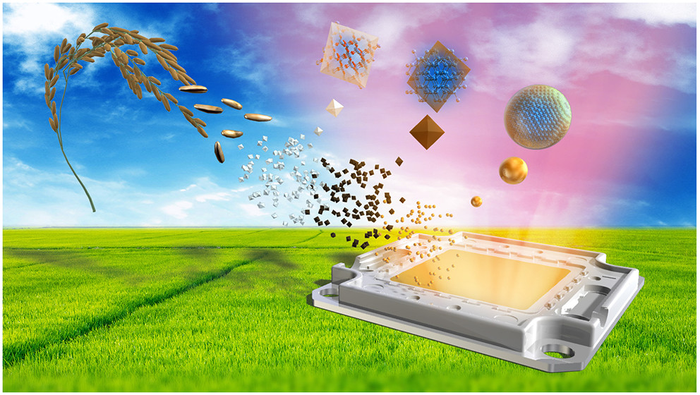Silica in waste rice husks used to produce LED light
Scientists in Japan have developed a way to recycle rice husks to create the first silicon quantum dot (SiQD) LED light.

Their new method transforms agricultural waste - 100 million tons of rice husk waste is produced per year - into light-emitting diodes in a low-cost, environmentally friendly way.
The research team from the Natural Science Center for Basic Research and Development, Hiroshima University, published their findings in ACS Sustainable Chemistry & Engineering.
“Since typical QDs often involve toxic material, such as cadmium, lead, or other heavy metals, environmental concerns have been frequently deliberated when using nanomaterials,” said Ken-ichi Saitow, lead author and a professor of chemistry at Hiroshima University. “Our proposed process and fabrication method for QDs minimises these concerns,”.
Since porous silicon (Si) was discovered, scientists have explored its uses in applications in lithium-ion batteries, luminescent materials, biomedical sensors, and drug delivery systems. Non-toxic and found abundantly in nature, Si has photoluminescence properties, stemming from its microscopic (quantum-sized) dot structures that serve as semiconductors.
Register now to continue reading
Thanks for visiting The Engineer. You’ve now reached your monthly limit of news stories. Register for free to unlock unlimited access to all of our news coverage, as well as premium content including opinion, in-depth features and special reports.
Benefits of registering
-
In-depth insights and coverage of key emerging trends
-
Unrestricted access to special reports throughout the year
-
Daily technology news delivered straight to your inbox










Water Sector Talent Exodus Could Cripple The Sector
Maybe if things are essential for the running of a country and we want to pay a fair price we should be running these utilities on a not for profit...